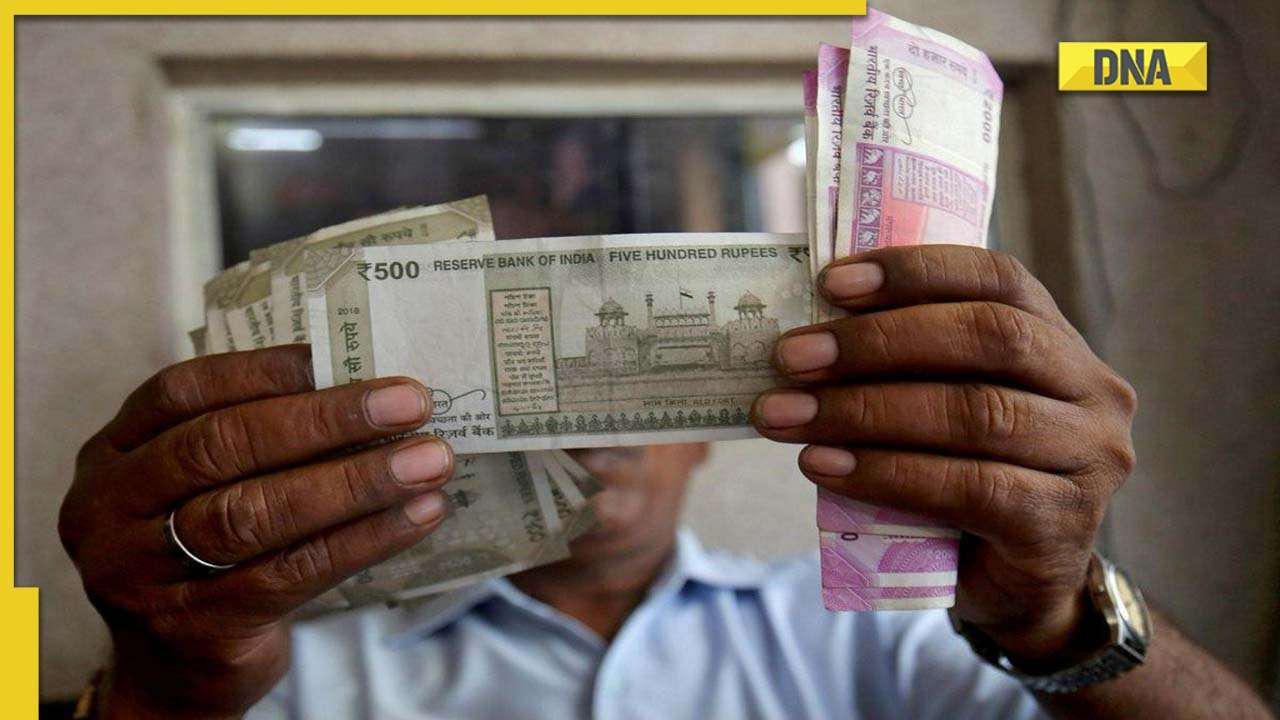
Small savings programmes or post office savings schemes are government-backed investments that are presently offering higher returns than bank fixed deposits, despite the fact that debt investors are scrambling to locate banks paying better interest rates as bank fixed deposit rates are rising. Because they have quarterly interest rate revisions rather than the set interest rates of bank fixed deposits, small savings schemes are preferred to bank fixed deposits in environments when interest rates are rising. All major banks have raised their interest rates on fixed deposits since the RBI boosted the repo rate in August in a bid to attract investors. The greatest interest rate offered by PNB is 6.10%, whereas major banks like SBI are offering interest rates as low as 5.65%, HDFC Bank as high as 6.10%, ICICI Bank as high as 6.10%, Axis Bank as low as 6.05%, and SBI as low as 5.65%. Even with the most recent increases by the aforementioned institutions, all of these interest rates are still considerably lower than the most popularly used modest savings programmes, such as the Senior Citizen Savings Scheme (SCSS), Public Provident Fund Account (PPF), and Sukanya Samriddhi Accounts.
Senior Citizen Savings Scheme (SCSS)
The Senior Citizen Savings Scheme is generally chosen by elderly people looking for a safe investment that can provide greater returns than bank fixed deposits (SCSS). Currently, SCSS offers an annual interest rate of 7.4%, which is paid in quarterly instalments. This SCSS interest rate is much greater than the fixed deposit rates that banks are now offering during the interest rate upswing. An SCSS account can be opened by a person over 60 on their own or jointly with their spouse.
SCSS accounts opened by an individual must have a minimum deposit of Rs. 1000 and in multiples of Rs. 1000, with a maximum deposit of Rs. 15 lakh. Since elderly people are eligible for the tax benefits provided by section 80C of the Income Tax Act of 1961, investments made under this plan are among the most alluring tax-saving investments after fixed deposits. However, the interest earned is taxable and subject to TDS deduction if the aggregate interest in all SCSS accounts exceeds Rs. 50,000 in a fiscal year. The Senior Citizen Savings Scheme (SCSS) has a 5-year maturity period with opportunities for early withdrawals and account extensions.
Public Provident Fund Account (PPF)
For debt investors seeking exempt-exempt-exempt (EEE) tax benefits on investments, PPF is a relatively popular small savings plan. Due to the investments made and the fact that the interest and maturity amounts are tax-exempt, it is a widely desired investment option for tax-savers. PPF presently offers 7.1% annually compared to fixed deposit interest rates provided by banks like SBI, HDFC, PNB, BOB, Axis, HDFC Bank, Kotak Mahindra Bank, and many more (compounded annually).
The PPF account opening deposit minimum is Rs. 500, on the other hand the PPF account yearly limit is Rs. 1.5 lakh. Due to its 15-year maturity time and three maturity options (withdrawing the maturity amount, extending the account for a block of five years, or keeping the maturity benefit in the account without additional deposits), PPF is generally best suited for long-term investors. PPF also authorises early withdrawals after five years from account opening, and after five years, the account holder is allowed to make one partial withdrawal per fiscal year while excluding the year of account opening.
Sukanya Samriddhi Accounts
The most popular small savings plan for parents who want to set money aside for the future of their girl child is called a Sukanya Samriddhi Account (SSA). SSA is currently offering a 7.6% annual compound interest rate, which is once more considerably greater than the interest rates on fixed deposits offered by the aforementioned institutions. The guardian should deposit a minimum of Rs. 25 and a maximum of INR to start an SSA account in the name of a girl under the age of ten. In a single fiscal year, 1.5 million. Tax deductions under section 80C are available for deposits made under account.
Up until the child becomes 18, the guardian is in charge of managing the account; after that, she is free to handle the account on her own. She is only permitted to take a maximum of 50% of the account balance in partial amounts after turning 18 or finishing the 10th grade. Once 21 years have passed since the account was first opened, or when a girl child marries after becoming 18 years old, the account may be terminated by collecting the maturity. SSA accounts also permit early withdrawals for unforeseen costs after five years of the account's opening.